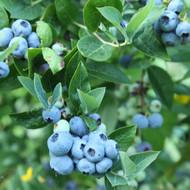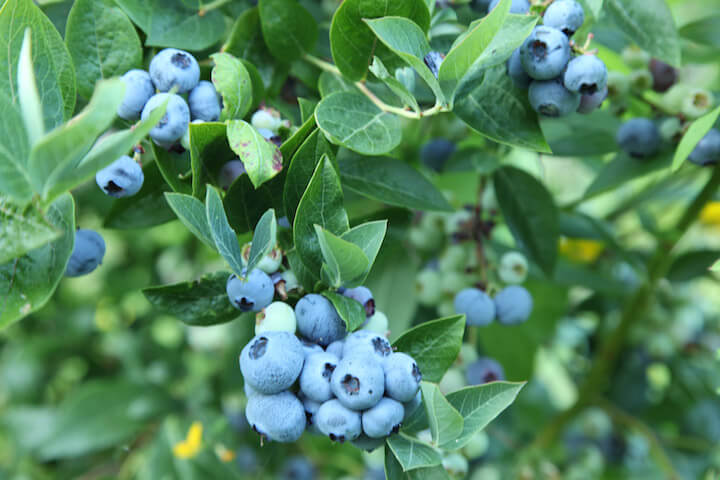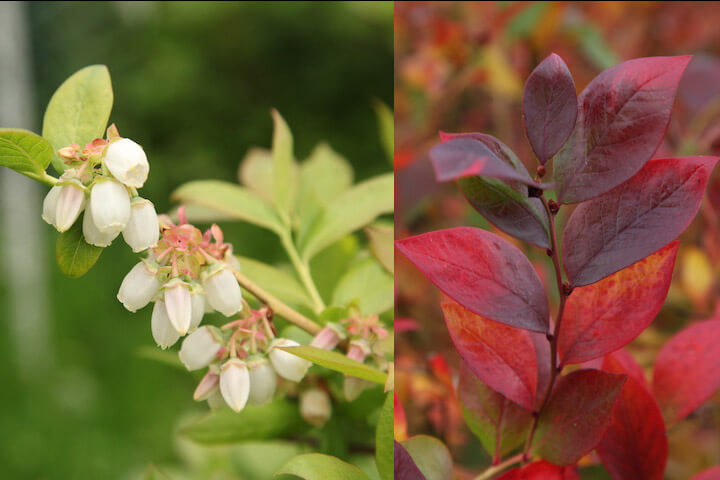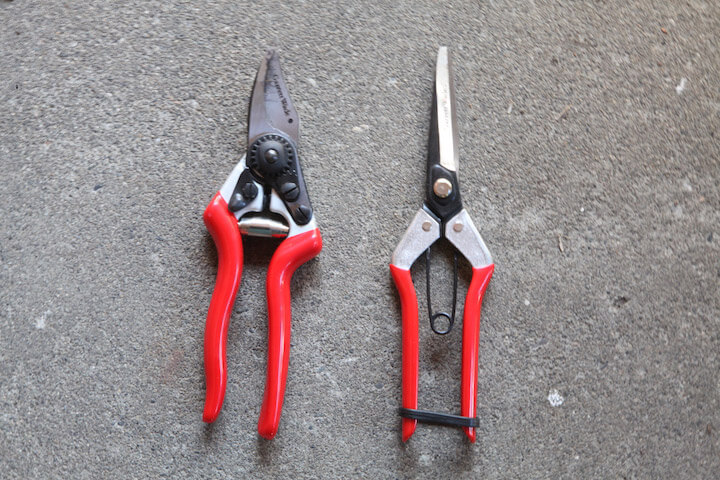
Japanese Garden Tools Vs. American: What’s the Difference?
You may have seen Japanese gardening tools popping up more in stores and online. Sure, they’re… Read More


For more information about how to care for berries, please check out Tara Austen Weaver’s new book, Growing Berries and Fruits.
If you have a bit of space, there are few things more rewarding than growing a blueberry bush. They are beautiful additions to the landscape—offering tiny pink or white bell-shaped blossoms in spring, flaming scarlet foliage in fall, and sweet-tart berries throughout the late summer. To get these optimal results, you will need to learn how to prune blueberry bushes.
Blueberries are also one of the easiest low-maintenance fruits you can grow. They’re great for kids—they grow at convenient toddler height and have no thorns. Care for blueberry plants is simple and requires only a single maintenance session each winter to keep them healthy. When it comes to blueberries, there are no downsides.

Blueberries prefer soil that is slightly acidic—pH 3.8 to 5.5 is ideal. If you live in a rainy area, your soil probably tends toward acidic. If not, dig in some woodchips when you plant your berries, or add sulfur or peat moss. If your soil is pH 7 or above, consider growing berries in a container where you can control the acidity (Sunshine Blue is one cultivar that does well in containers).
Blueberries do need to be pruned, but for the first few years after planting you don’t need to do much. Focus on the “Three Ds” of pruning—removing dead, diseased, or damaged wood, and any branches that cross over each other and might rub together. Blueberries are susceptible to what is called “tip die-back,” so if you see branches where the ends look black or brown, that’s to be expected. Just prune them back to the nearest live wood. All pruning should take place in winter or very early spring when the plants are still dormant.
For when you’re learning how to prune blueberry bushes, I recommend this Fruit Scissor and Bypass Pruner set, or something comparable. The scissor tips are narrow and can be maneuvered easily into small spaces, while the pruners are strong enough to remove larger branches.

Blueberry bushes can live up to 100 years, but each branch that sprouts from the crown (root system) will begin to lose productivity after about six years. Starting after year three, you’ll want to gradually remove these larger branches to encourage new growth. Now that you know how to prune blueberry bushes, aim to remove one or two older branches each year (branches that reach one-inch in diameter is a good rule). For larger branches, you may need something stronger than pruners. These bypass loppers will do the job nicely. Make sure not to remove more than 20% of the plant in any one year.
To care for blueberry plants after pruning, carefully weed the base of the bush, add an acid-lover fertilizer (the sort formulated for rhododendrons and azaleas), and mulch with woodchips, sawdust, or pine needles. Blueberry bushes have very shallow roots and don’t like to be disturbed, and a three-inch mulch layer will keep down the weeds. Once you’re done, you can relax and start dreaming about all the tangy summer berries to come.
For more information on taking care of berries and fruit trees, please check out Tara Austen Weaver’s latest book, Growing Berries and Fruits. It includes information on how to care for over 75 cultivars of fruit and berry trees. In addition, Weaver shares 10+ recipes and techniques to enjoy and preserve your harvest. Now available on the Garrett Wade site.
